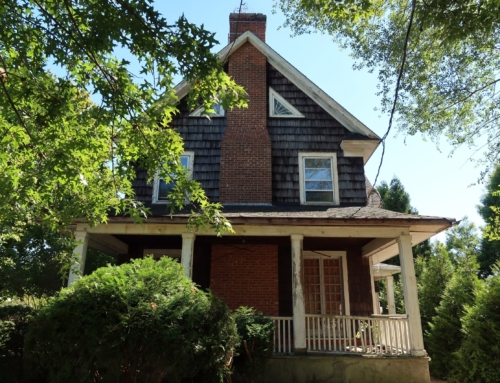Q: I have a couple who want to buy my house, but they have nothing to put down. Is there a way for me to help them with their down payment? I’d increase the selling price by 10 percent and they could finance the rest. I would get my original sales price. Can I order myself a cashier’s check for proof of deposit of the earnest money for their lender? That would show that they put down the 10 percent.
A: Great idea — but you can’t do it this way. The reason lenders want to see evidence of the down payment or earnest money for the purchase of a home is to see that the buyer has some investment in the home. In the past, lenders would finance 100 percent of the purchase price. These days, 100 percent financing is very hard to get.
What you are trying to do would amount to a fraud on the lender. You’d try to deceive the lender into believing that your buyer had put down money that they had not. Then you would participate in the fraud when the buyer applied for a 90 percent mortgage on your home when in fact the mortgage amount would be for the full purchase price of the home.
Finally, if you inflate your sales price, it’s possible the property might not appraise in value. That is to say, if you were originally selling the property for $100,000 but inflated the price to $110,000 to “assist” your buyer, the appraiser might still come in and say that the property is only worth $100,000. If the buyer is financing 90 percent of the purchase price, the lender would only loan the buyer $90,000 to buy the home. You would end up in the same place you are now.
Don’t attempt to do anything that isn’t above board. The lender will want to see the source of the buyers’ earnest money and obtain a copy of the canceled check. Your buyers would not be able to prove that they had the 10 percent down payment or earnest money and the check would have reference that it had come from your account.
There are legitimate ways for you to assist a buyer in the purchase of a home. Some loan programs will allow a seller to contribute 3 percent or even 5 percent of closing costs that might be paid by a buyer. If the buyer can qualify for the loan, your closing cost assistance may be enough. Loans backed by the Federal Housing Administration (FHA) will allow you to put down 3 percent of the purchase price, as long as the buyers can qualify for a 97 percent loan.
You and your buyers should sit down with a reputable and qualified lender to see if any of these options would work.
NOTE: Samuel J. Tamkin is a Chicago-based real estate attorney. Ilyce R. Glink’s latest book is 100 Questions Every First-Time Home Buyer Should Ask. If you have questions for them, write: Real Estate Matters Syndicate, PO Box 366, Glencoe, IL 60022 or contact them through Ilyce’s website www.thinkglink.com. © 2008 by Ilyce R. Glink and Samuel J. Tamkin. Distributed by Tribune Media Services.






Leave A Comment